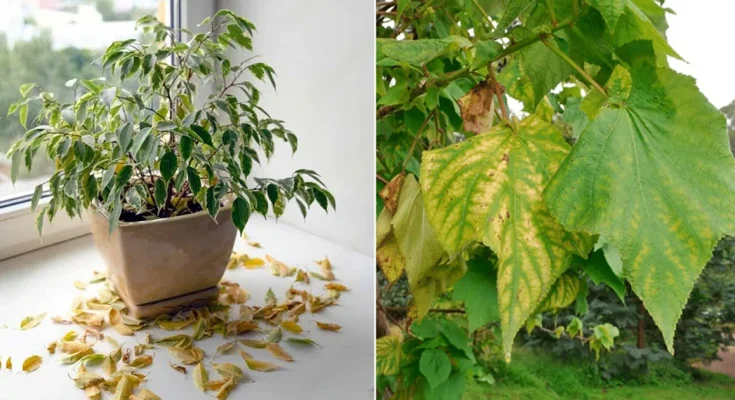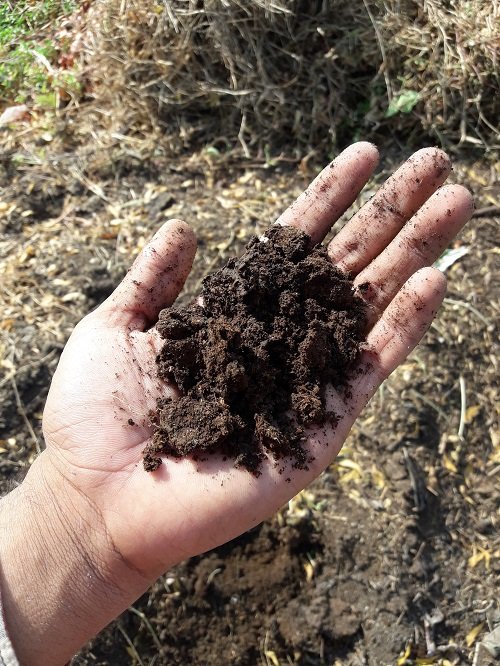Iron Deficiency in Plants can cause droopy foliage and a loss in the overall vigour. Let’s address this issues once and for all!
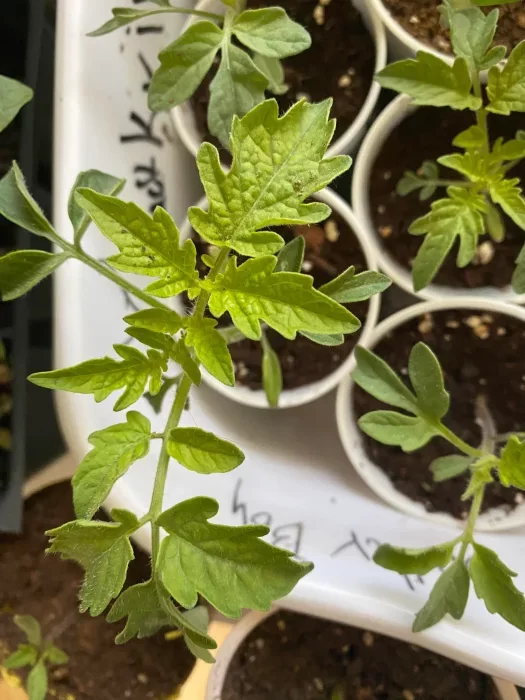
So, what causes iron deficiency in plants and what are the reasons that you need to avoid to ensure your green friends stay safe and healthy? Well, here are some pro tips to avoid yellowing foliage forever!
Causes of Iron Deficiency in Plants
In alkaline soils with a pH above 7.0, iron is not soluble and the roots of the plants are not able to absorb it properly. On the other hand, in an acidic growing medium, with a pH below 6, it can be in an excessive form. So, striking a right balance is the key.
Too much water can also eliminate roots to absorb iron properly, which can make the foliage droopy and yellow. If there’s too much phosphorus in the growing medium, it will lessen the chances of he roots to take up iron properly, as it forms chemical bonds.
Nutrient imbalances, especially is the manganese in the soil is too much, can compete with iron, making the plant absorb it in less quantity.
Symptoms of Iron Deficiency in Plants
1. Yellowing of Leaves
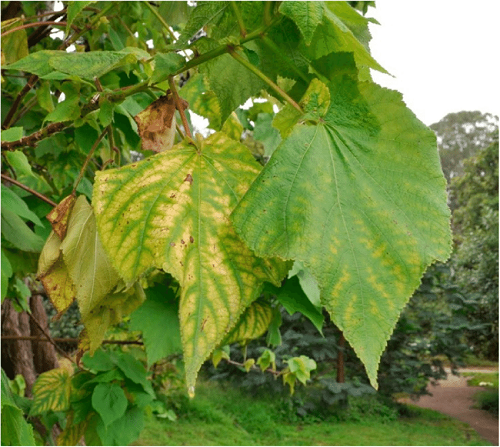
The most obvious sign of iron deficiency in any plant is yellowing of leaves, which is also termed as interveinal chlorosis. In this, the veins of the foliage remain green but the entire leaf turn into a shade of yellow.
2. Stunted Growth
If the plant is battling iron deficiency, then it will show signs of slow or stunted growth, as the roots will not be able to uptake iron in this case. The plant may have smaller foliage and stems along with a fewer branches.
3. Leaf Discoloration and Dropping
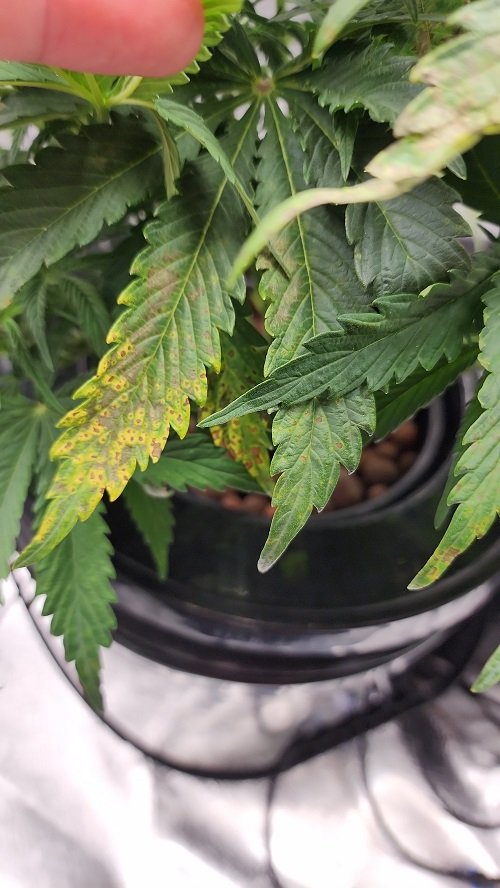
Solutions to Combat Iron Deficiency in Plants
1. Soil Testing
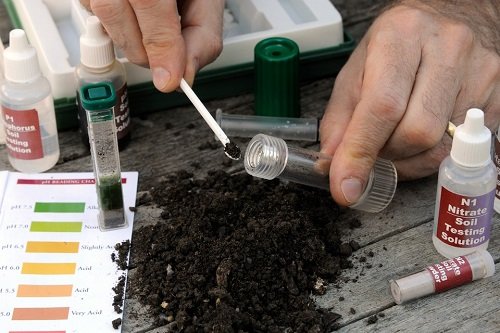
Begin by conducting a soil test—if the growing medium is too alkaline (high pH), add acidifying fertilizers to bring it back to the acceptable levels.
2. Add Iron Chelates
Iron chelates are readily available and are easily absorbed by the plants. You can either directly add them to the soil or use them as foliar spray. Do read the instructions on the label on how to use them.
